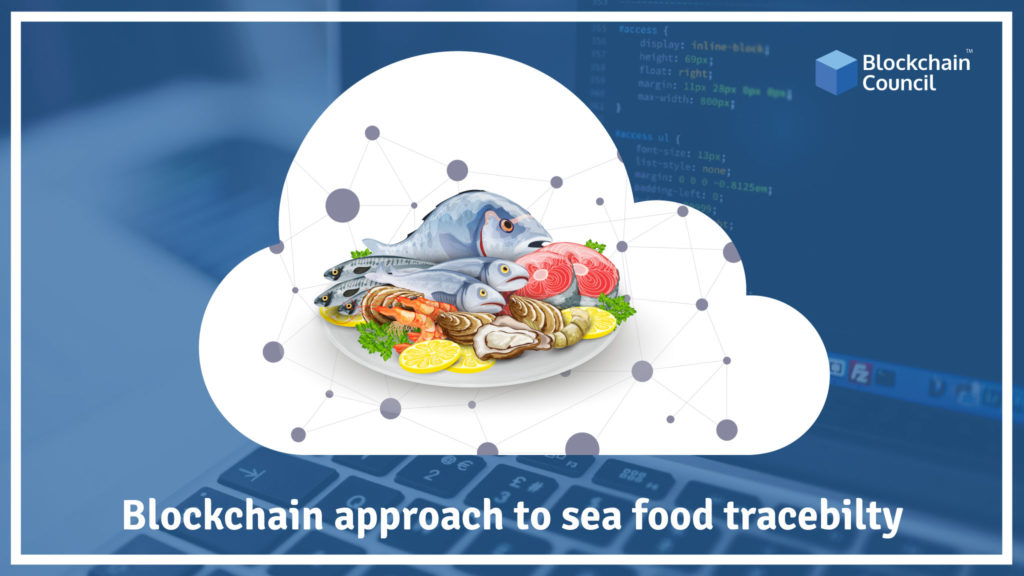
- Toshendra Kumar Sharma
- February 11, 2018
Blockchain approach to seafood traceability
From shore to plate, how many of us know whether the seafood we are consuming is hygienic or not? When was it packed? How long was it in the storage house? These are some of the questions that you must ponder. It becomes imperative in times like today when we need to be cautious about our health. It’s not only the extrinsic factors which may cause damage to your health, but at the same time, it’s the food which can cause some life-threatening diseases. This is the reason, most of the companies are now adopting new measures to keep a track on the food, it’s packaging and storage. Blockchain technology has proven to be very useful to ensure seafood traceability.
Blockchain is evolving beyond Bitcoin-
We have often known blockchain about Bitcoin and financial transactions. However, there are many features of this technology which has made it such a versatile technology. There are many use cases of blockchain like healthcare, supply chain management, music, cinemas, etc. Here we will be focusing on supply chain management of seafood.
The blockchain is a digital distributed ledger which is decentralized, immutable and verifiable. Any transaction can be recorded in this ledger. This ledger is readily visible to all the people in the network.
The prime concern of supply chain is the transparency. The traditional system of supply chain management has overlooked this feature. However, with the intervention of blockchain technology, we can have things working in a much more transparent way. Once every information about supply chain hets enlisted in the blockchain, it I difficult to alter it or delete the history of the information. This feature can be of great use for people in the system.
For example, you can see when the fish was caught, when it was packed and other details. This saves time and also ensures easy traceability of the products including the seafood. Well, it’s not only about seafood, rather, but you can also find this concept used in various niches like financial transaction, media, healthcare, etc.
The point mentioned above was from the perspective of the supplier, lets now consider the customer perspective, the above feature means, the customer can scan the code on the product and find the details about the particular product. This will simplify the task of both, the seller and the buyer. It saves the buyer from answering questions like whether the food is fresh or not, simply, the customer can also verify the information related to the product. Thus, you can check whether the seafood is ethical, sustainable and fresh.
What questions will blockchain answer?
When it comes to the traditional model of the supply chain, there are certain issues with it, the likes of which include :
- Error as a result of manual recording
- Illegal practices like unreported selling, unregulated fishing, etc.
- Poor seafood storage conditions
- Mislabeling
- Compromised product quality
- Lack of vendor and consumer trust
How will blockchain technology work in ensuring seafood traceability –
We all know that when it comes to seafood, traceability plays a key role to ensure that the center gets the hygienic and fresh food. Apart from this, there is also a need to cut down the rising trend of illegal fishing. Blockchains offers an opportunity which will help not only the supplier but also the buyers, fishermen, factories, certifies. All-in-all, it will create a system which will help in maintaining transparency and authenticity.
Let’s see how blockchain technology will work?
Well, when we talk about blockchain and its use in traceability of products, an important point that comes up is that it works along with IoT, like RFID. As mentioned above, the customer can scan the code on the product and get to know the details related to it; it shows that blockhian along with the current technology will help in the formulation of the system which is effective, efficient and transparent.
Seafood Caught by the fisher and is then tagged with RFID or QR Codes > This then gets transferred, and the sensors on the seafood transmit information in real time about location, time, date, etc. All this information is recorded in the blockchain >The blockchain company tracks possessions and any change in the same, and all this again is stored in the ledger> The buyer can access all the information by scanning the code or RFID or the tags.
Advantages of blockchain in Seafood Supply Chain
It creates a more transparent system of exchange
It helps in establishing trust between the buyer and the seller
Ensure that the customer is getting the right product
Automation and real-time functioning saves time and also makes it easy to trace the information related to product
No loss of information as it cannot be deleted or altered. In case of any changes, the people in the network come to know about it.
All this results in good practices and healthy supply chain management.
The bottom line
Although, blockchain has emerged as a popular concept and we are finding many use cases of the same. But, the point of concern is that it is still a long way for it to become a part of mainstream functioning. We still have many apprehensions surrounding the same, and most of the cases remain still on paper. All we can say is that if this concept becomes successful, it will usher a whole new era of digital traceability.

































































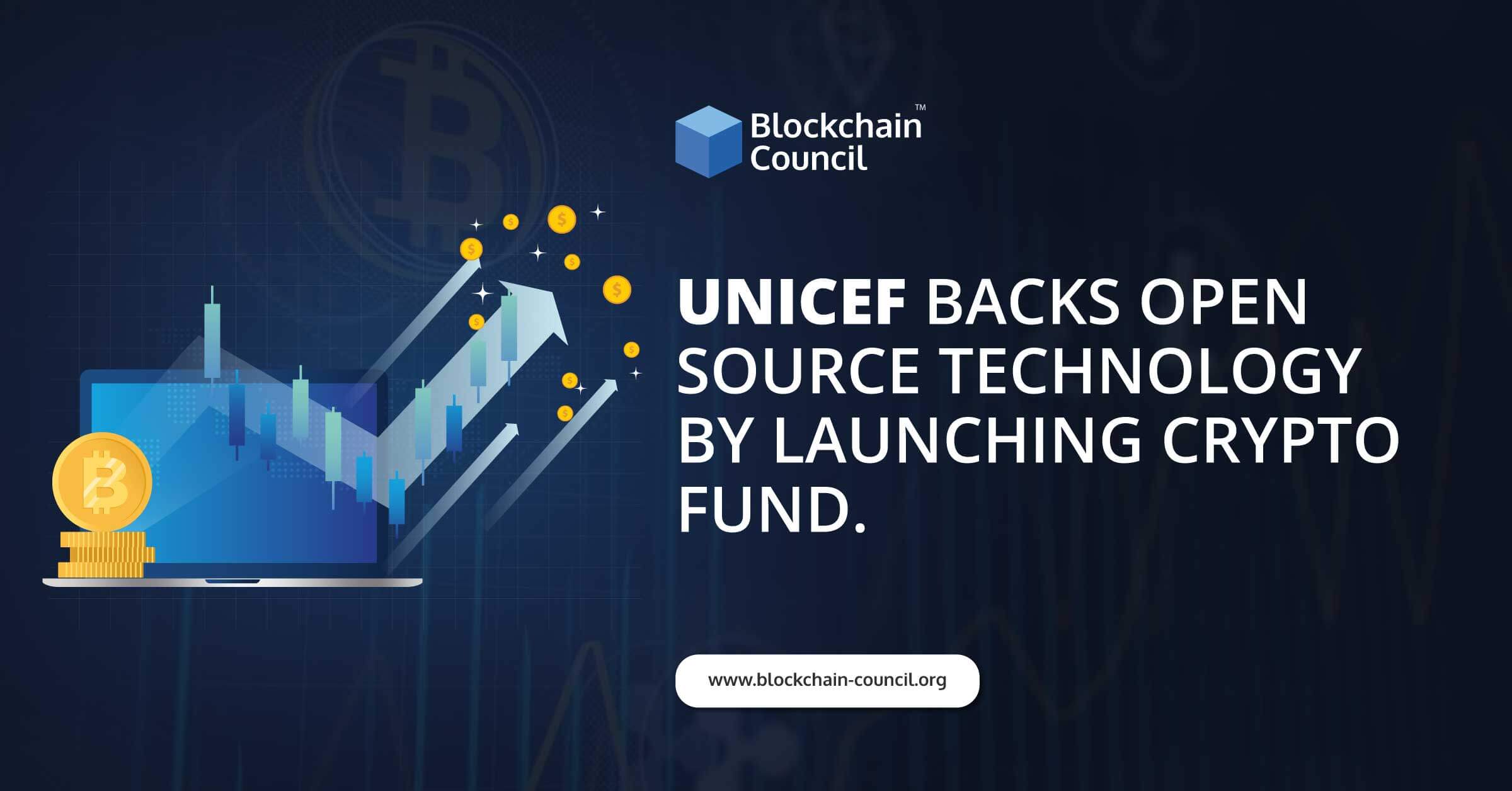
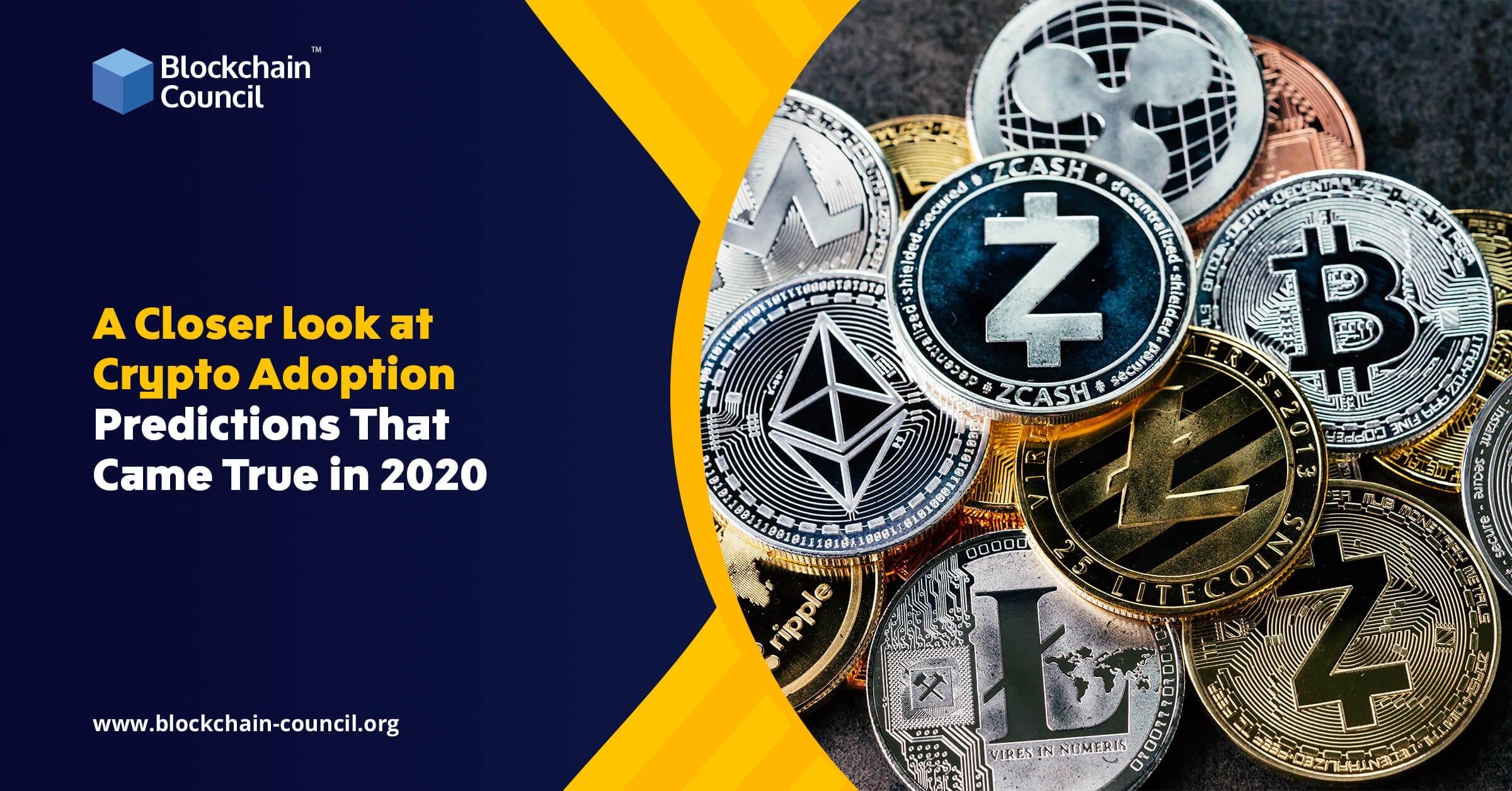
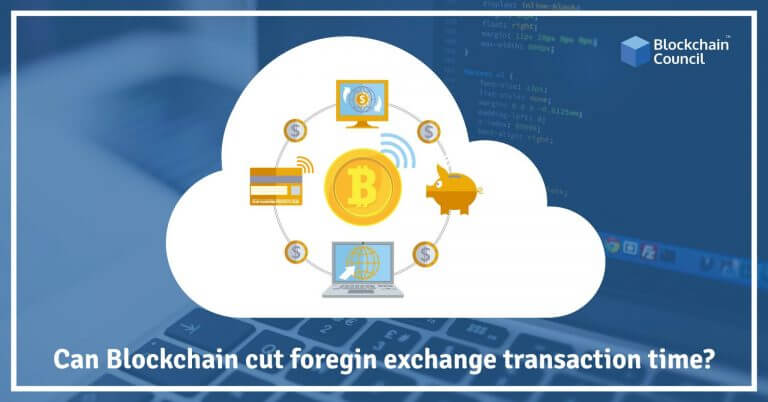
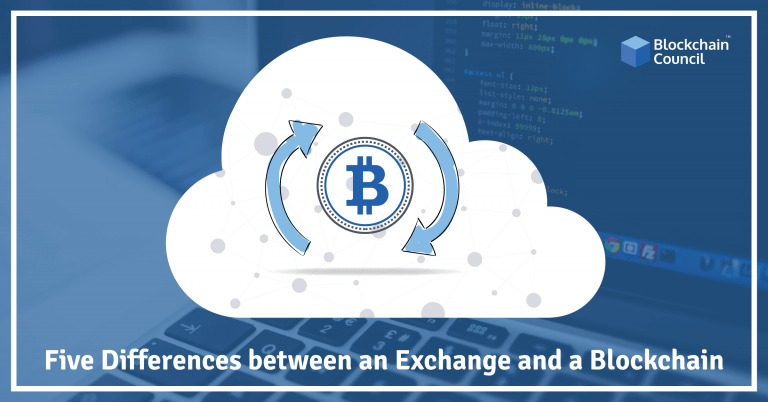
 Guides
Guides News
News Blockchain
Blockchain Cryptocurrency
& Digital Assets
Cryptocurrency
& Digital Assets Web3
Web3 Metaverse & NFTs
Metaverse & NFTs
